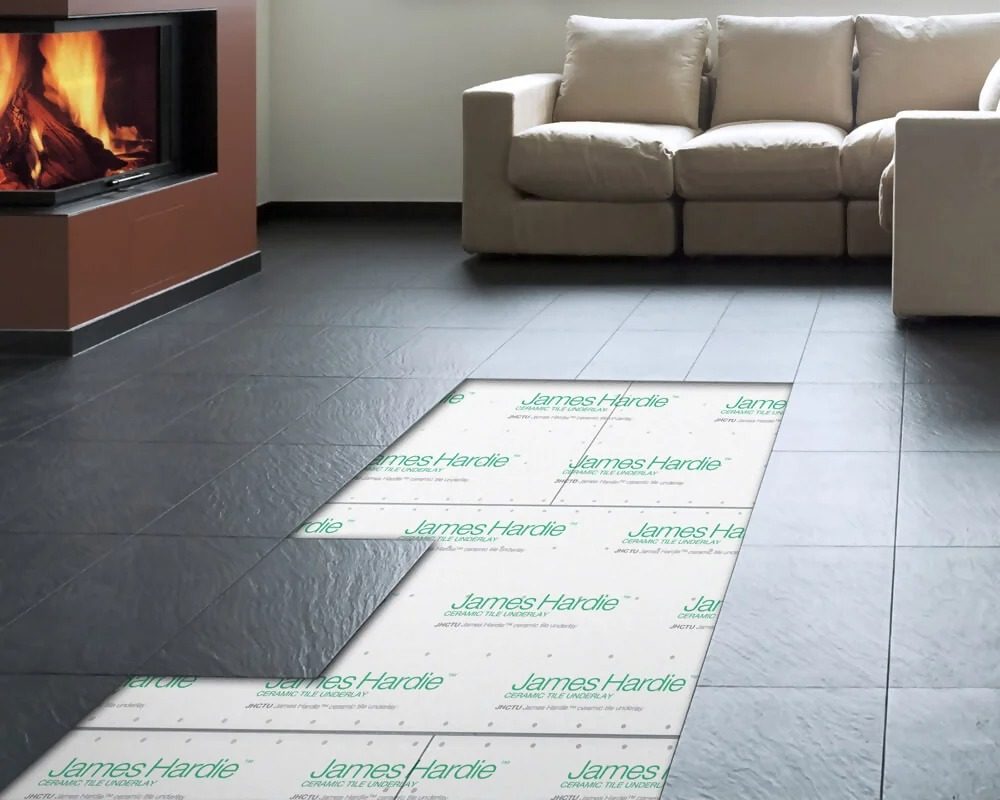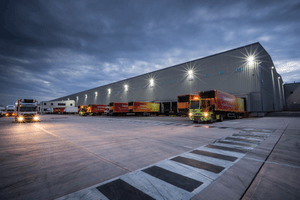This article is from the Australian Property Journal archive
DIRECT government intervention in social and affordable housing is “increasingly looking like the only solution” as building costs continue to rise, putting further strain on capacity to deliver new homes amid a national housing crisis, as the starter’s gun is fired on national cabinet’s flagship supply initiatives.
Prices all rose in the March quarter for concrete (up by 1.31%), structural steel (0.50%), plasterboard (3.61%), brick (1.12%), and copper pipe (0.32%), according to Altus Group’s Australian Construction Material Price Outlook.
Prices came down slightly for rebar (-1.50%), structural timber (-2.1%) and diesel (-3.33%).
Altus is forecasting plasterboard prices to continue to increase in the short-term, on the back of manufacturing costs and more approvals. Prices are also expected to increase for bricks, following heightened demand and the ripple effects of previous energy price rises, and diesel.
“Building costs have risen but buyers and renters can’t afford to pay more. Direct government intervention in social and affordable housing is increasingly looking like the only solution,” said Niall McSweeney, cost and project management, Asia Pacific at Altus Group.
“The ongoing mismatch between supply and demand in housing markets is unlikely to be resolved any time soon. A softer near-term outlook for household consumption and dwelling investment will translate into further affordability constraints and high construction costs.
“Once building approvals pick up again, as the government’s target to build 1.2 million new houses kicks off in July 2024, we expect early-stage materials like concrete, steel and timber to be in high demand, which could lead to an increase in supply prices.”
This week marked the official start of the National Housing Accord, which aims to deliver 1.2 million “well-located” homes over five years. It will run concurrently with Housing Australia Future Fund, which aims to deliver 20,000 social and 10,000 affordable homes, and the National Housing Accord Facility, aiming to deliver another 10,000 affordable homes.
However, the National Housing Accord target is considered farfetched by analysts and the government’s own Albanese government’s National Housing Supply and Affordability Council given chronic labour shortages and high materials costs in the construction industry, and high interest rates and planning red tape.
Pressure has been piled on the government to find solutions to solve the housing and homelessness crisis, which has been driven by a huge mismatch between supply and demand. Vacancies have been forced down to historic lows, driving rents up, and affordability has been stretched in the housing market, making housing increasingly difficult to access.
Analysis of state and territory data has shown almost 190,000 households are on social housing waiting lists across the country, suggesting an ongoing shortfall in social and affordable housing despite federal and state government programs.
Subdued economic growth will be counterbalanced by less spare capacity in the labour market, and this will continue to put pressure on labour costs, McSweeney said. He noted that labour costs influence the prices of some materials. Costs for concrete-based structural components have risen on the back of high demand and higher energy costs, but also as a consequence of labour shortages.
BuildSkills Australia estimates the country faces the impossible task of finding 90,000 extra tradies to meet the housing program targets, which would require on average around 60,000 homes delivered each quarter. The National Housing Supply and Affordability Council forecasts a shortfall of nearly 300,000 homes. Only 162,194 homes were approved for construction in the past year.
May’s federal budget included a $91 million investment to increase the building and construction workforce numbers.
“We are seeing Australia’s housing dilemma reflected in the price of materials and other construction costs. Products used earlier in construction, such as structural timber, are being discounted as demand drops off, for instance,” McSweeney said.
“But materials costs are just one component of the cost of housing. Many residential projects are simply unviable as the end sale price or forecast rents do not cover the cost of land, construction labour, finance, government fees and taxes.”
A statement from Housing Minister Julie Collins this week to mark the beginning of the National Housing Accord said, “We know this is a challenge, but it’s a challenge we have to meet”.
“We need to build more homes, more quickly, in more parts of the country.
“Building more homes is the best way to address Australia’s housing challenges.”.
Property Council chief executive Mike Zorbas said “we need to lift our games” in the build-to-sell and build-to-rent, retirement living and purpose-built student communities and social housing segments.
“We need all our politicians to have an Olympian mindset. We need our 1.2 million home target and we need to apply increasing amounts of federal money, state resources and an attitude of ‘yes’ to hit that target.”
Meanwhile, the Albanese government is again at loggerheads with the Greens and Coalition over housing supply legislation. Last week, the Greens and opposition voted to split tax changes out of Labor’s build-to-rent bill, which would lower the managed investment trust (MIT) withholding tax for build-to-rent assets to the same level as other asset classes. Affordable housing would need to make up 10% of projects, and the Greens made a last-minute demand that 100% of build-to-rent housing would be classed as affordable.
Modelling from EY, commissioned by the Property Council, has shown that implementing a 15% MIT withholding tax rate and an incentivised rate of 10% for projects with affordable housing could deliver 160,000 homes over 10 years.






